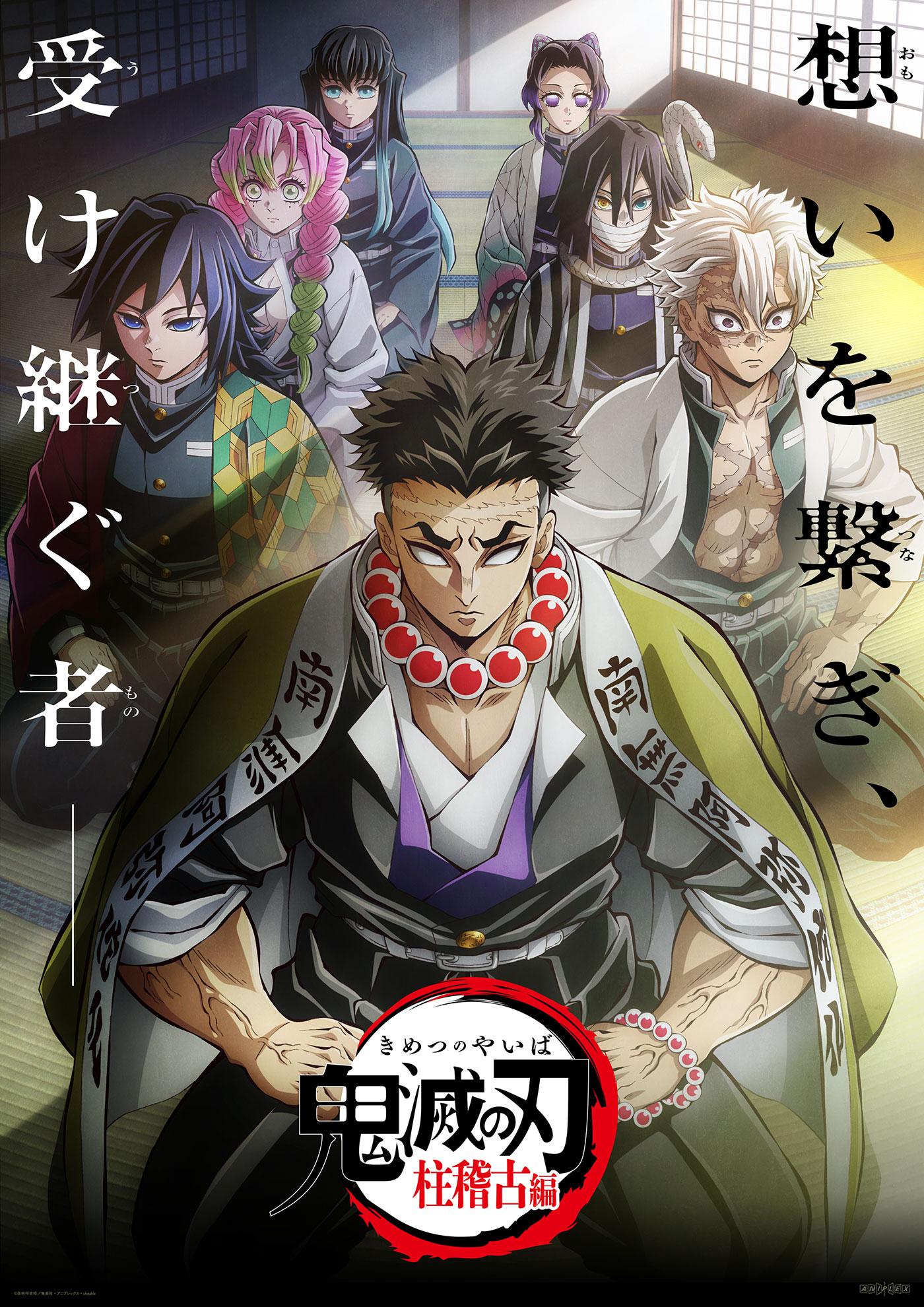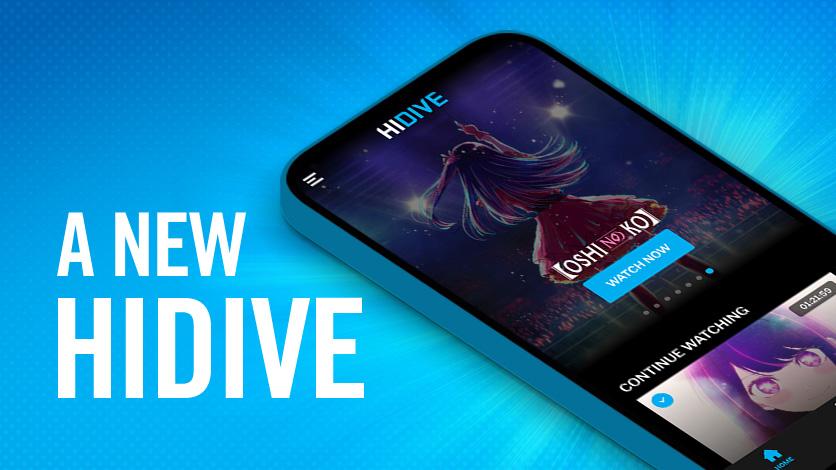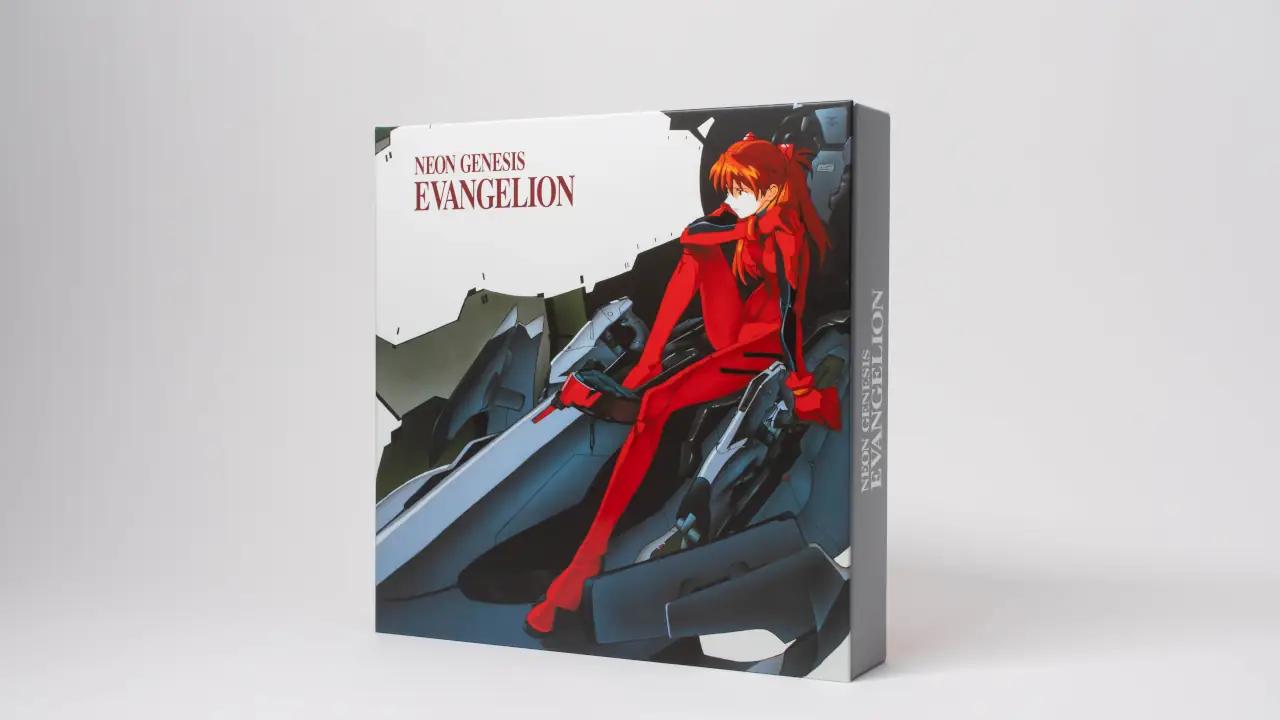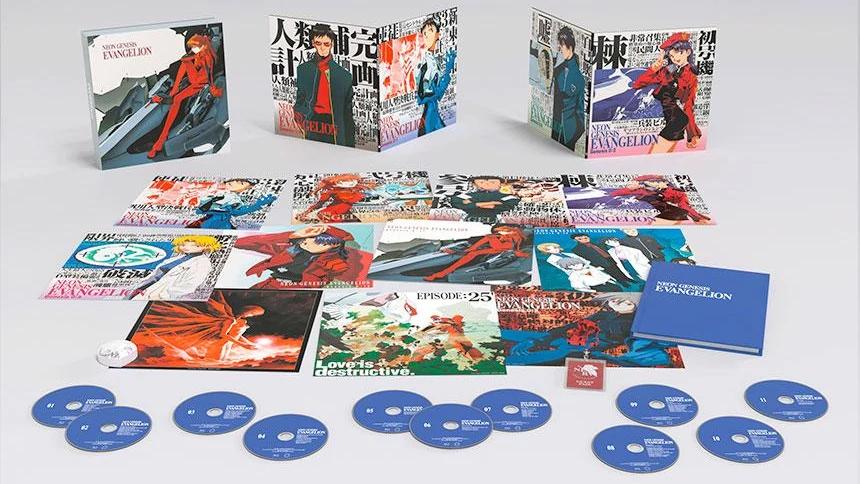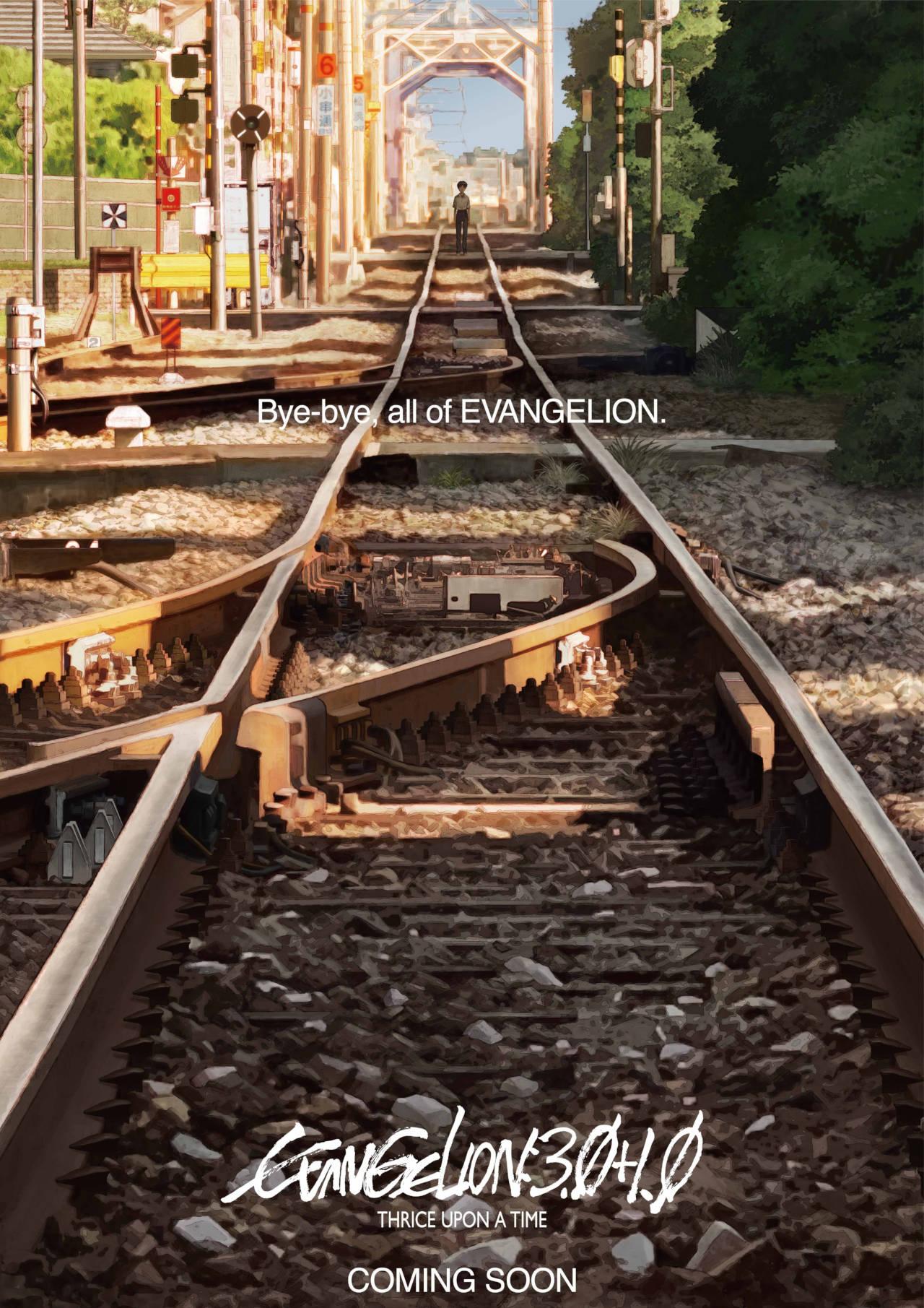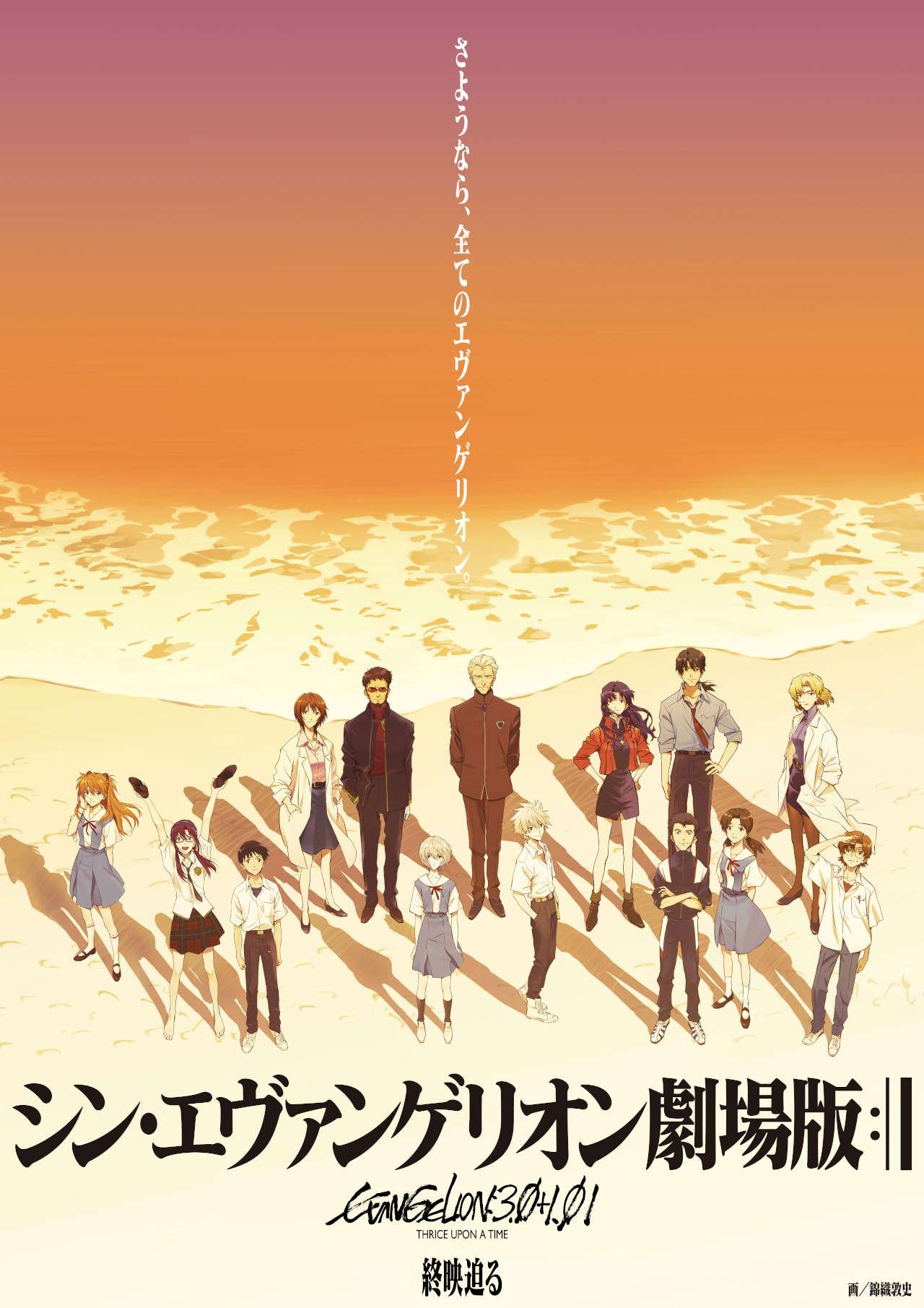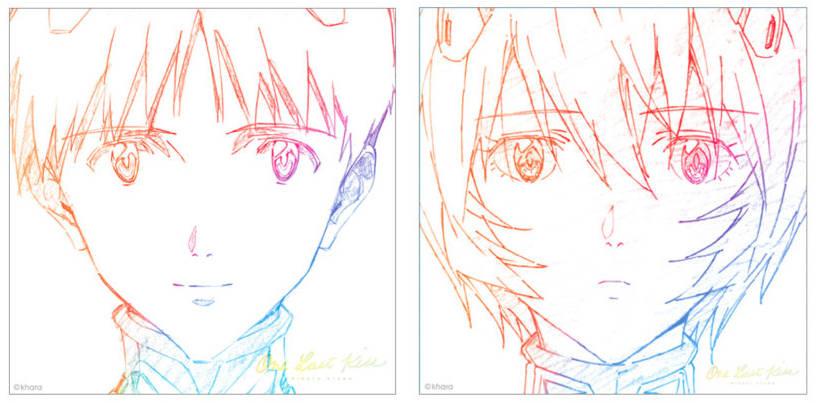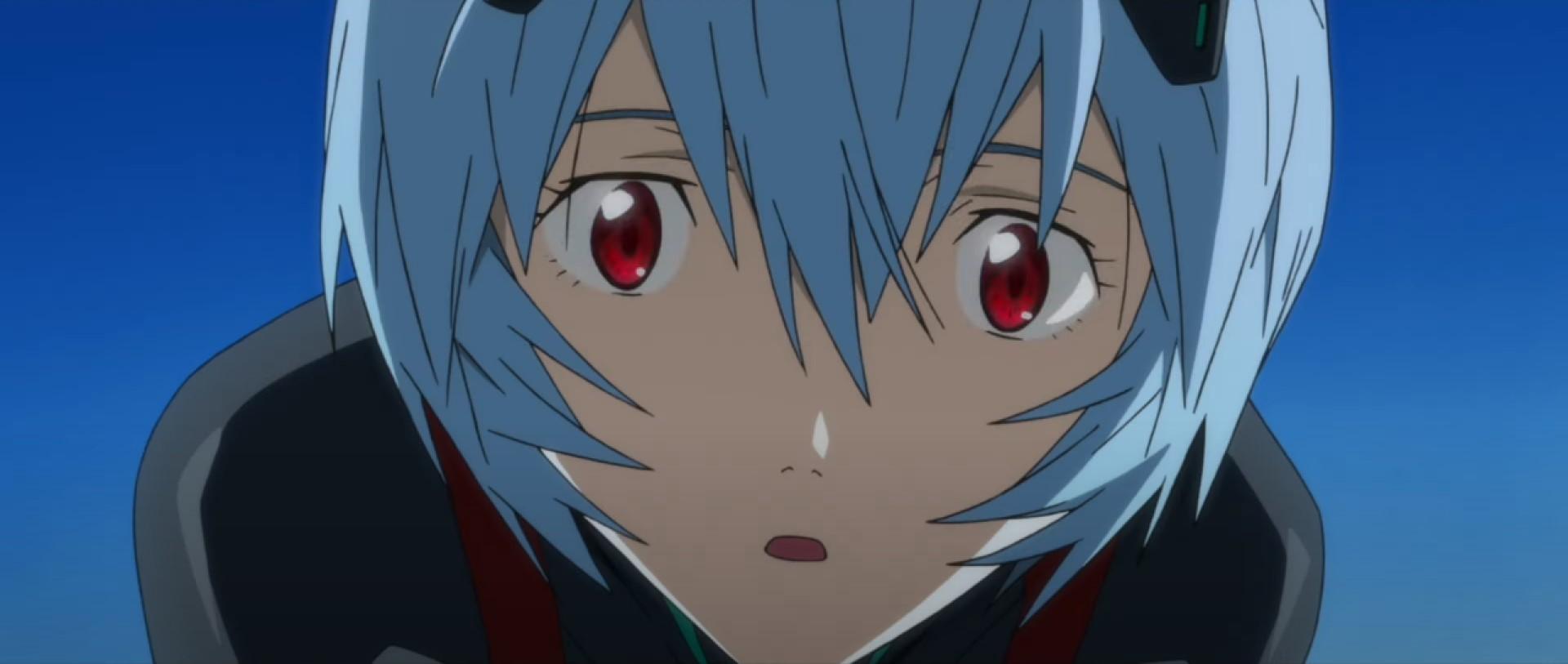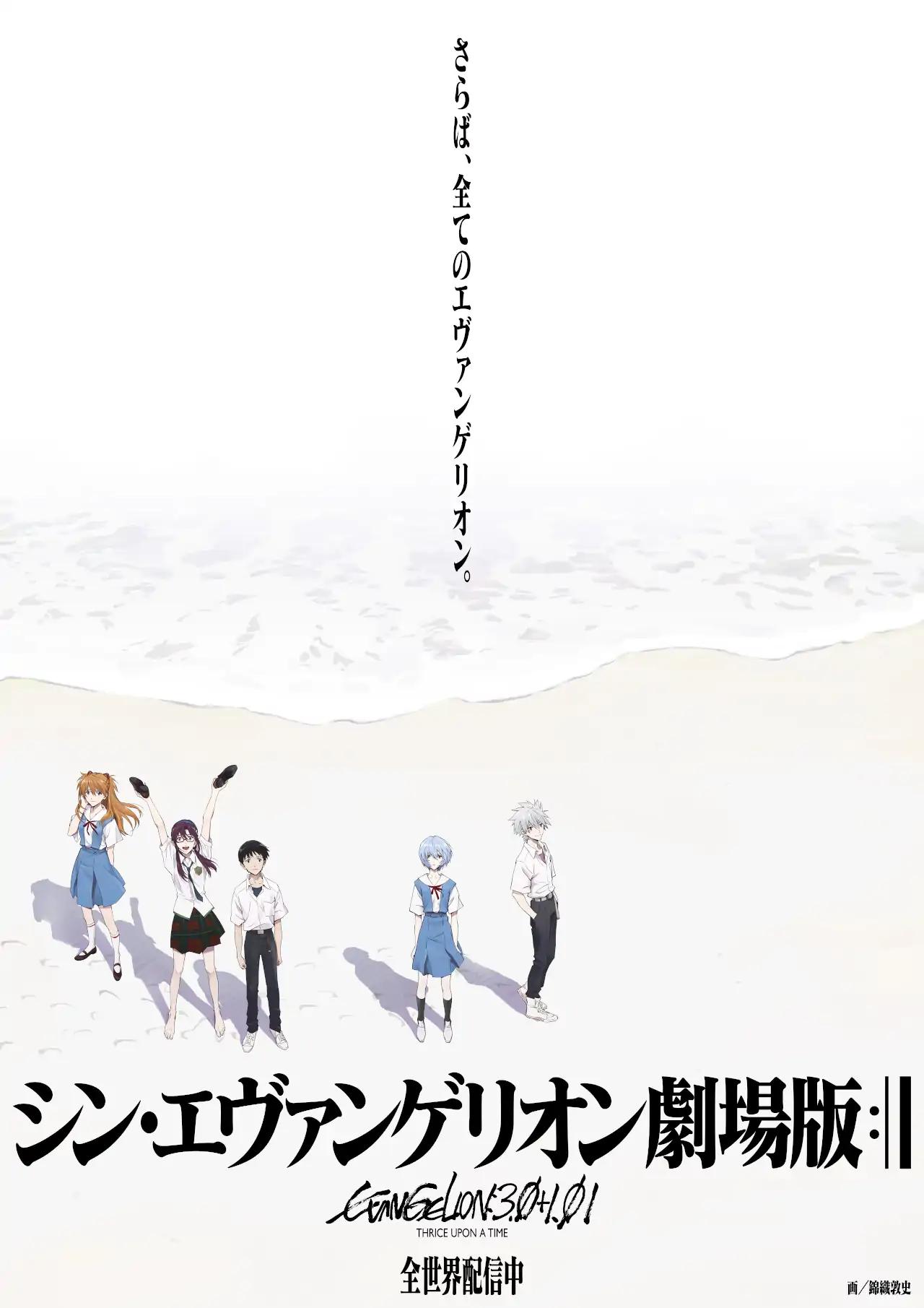
Evangelion 3.0+1.0 Review
Thrice Upon a Time
I came into watching Evangelion: 3.0+1.0 Thrice Upon a Time with great excitement, hesitation, anticipation, and abject terror. As fans, we understand that this is going to be the final part in an epic 25+ year long journey. Can Hideaki Anno deliver on his promise of ending the series? Yes, in fact, he has done just that.
Many of us were let down by the release of 3.33. The movie was so radically different from the first two in the Rebuild series. It arguably asked more questions than it answered at the time. After watching it all way back in 2013, I felt closer to how I felt watching Episode 25 & 26 than how I felt watching End of Evangelion. It wasn’t a pleasant feeling. I am happy to say that not only has Thrice Upon a Time delivered on the promise of bringing all of Evangelion to a succinct close, but it has also raised up everything that has come before.
Everything from here on out contains spoilers.
The Action of Evangelion 3.0+1.0
Action in Evangelion: 3.0+1.0 is arguably its weakest point. There are plenty of sequences during Thrice Upon a Time that leave me satisfied, but more than a few times I found myself either bored or uninterested in the chaos unfolding on screen. Asuka fighting countless hordes of Evangelion to reach Nerv HQ comes to mind first. Fortunately there are still a couple of highlights among the action scenes.
The first big opening set piece in Paris is my favorite battle of the movie. It is a heavy callback to the battle against the 5th/6th Angel from NGE/1.11 respectively. An immensely powerful sniper firing upon a makeshift shield protecting our protagonists with little to no time left feels just like the original scene. Overall the action that Mari takes against the does look like a CGI-fest, but it isn’t an ugly battle unlike a few of the later action scenes.
Fighting in the Infinite Abyss of Evas
Asuka and Mari’s next fight against a sea of Evangelion, is in my opinion, one of the worst parts of the movie. It lacks so much context for how the fight is unfolding. They seem to be falling infinitely into the abyss at the former South Pole. The scene devolves into Asuka screaming at dummy Evangelion while Mari throws guns and weapons down to her. This just goes on for too long until the two finally fall far enough to land on Nerv HQ. Its the second half of the battle that captures my attention.
When Asuka finally lands on Nerv HQ, she is left alone with a chance to end it all by striking Unit-13’s core. She realizes that Unit-02 will not let her, leaving Asuka left with only one last ditch option. Unleash the Angel that she has been suppressing within her eye. A memento from her attempt to pilot Evangelion Unit-03, and Shinji’s inability to rescue her. Everything about Asuka from 3.33 finally begins to make sense in this moment. She has been holding onto this curse for over 14 years at this point because Shinji was a coward, and refused to end it for her back then. I love that even when every Angel has been defeated by 3.33 we are still entreated to a battle between Evangelion and Angels.
The 1.0 of Thrice Upon a Time
The last big fight sequence of the film is Unit-01 versus its identical counterpart, Unit-13. This fight starts out amazing with the wraparound callback to Unit-01 emerging from the elevator in Neo Tokyo 3 to fight the Angel. This time instead it is a battle of Evangelion versus Evangelion and the action quickly devolves. Even the premise as stated in the movie doesn’t make for a good fight. The two Eva units are a perfect match for each other and a physical contest between the two in this world is destined for a stalemate until the end of time.
The CGI really works against the fight when the buildings begin to resemble the stage props they are meant to be. It makes the movie look cheesy and poorly animated when in fact they are perfectly representative of what they are. The battle is meant to look like it is taking place on a 1950s kaiju set. This is the beginning of the homage to the sound stage setting of Episode 26, but the fight takes too long in transitioning into the cerebral discussion that follows.
I personally don’t care much for the fight, since the meat of the film is in the conversation that follows. Animation is mediocre and makes the opening fight scene that much better in comparison. Fortunately this is the quickest fight in the movie.
A Slice of Life After the Near Third Impact
One of the best parts of the movie is seeing how life, despite everything gone wrong, has thrived after the Near Third Impact. Pockets of the world are still habitable by humanity, and life finds a way. Thrice Upon a Time has an extraordinarily long runtime for an animated film, and wisely chooses to focus jus the right amount of time catching up on some old friends.
Toji, Kensuke, and Hikari, the class rep, are all living their best lives after the Near Third Impact. Seeing all three living, and all things considered, thriving, is the first moment of closure we as fans get watching this film. Hikari has got her man, and now caring for her children and the village at large. Toki has become a makeshift doctor, helping everyone around him as best as he can. Kensuke is using his survivalist skills to the fullest to improve and keep the village from falling apart. Even if everything around them is a post-apocalyptic hellscape, life is still good to them.
Seeing the rest of the village and the life inside is incredibly cathartic. In 3.33 there is a lack of those moments of just simple life with our favorite characters. There are a few times where Shinji spends time with Kaworu, but it is not the same as settling down and watching life go on in the village. In a movie, and series, so often focused on death, destruction, and loneliness, we see a small world of hope where life flourishes, and community spreads joy. Even the stoic likes of Rei (VI) finds comfort and meaning among the village people.
Ayanami Rei (VI)
Watching Rei (VI) discover the real world through the her childlike eyes of wonder is one of the greatest pleasures of the film. She understand nothing at first, only to slowly discover herself as a individual. An individual from the collective batch known as Ayanami Rei. In this movie Rei has achieved personal happiness, if only incredibly fleeting as she is not long for this world. Her actions are a part of what breaks Shinji out from his own hard shell, and set in motion his actions for the rest of the film.
These scene scenes in the village do slow down the action and plot to a degree, but there is a reason. It’s still incredibly important that Thrice Upon a Time peels us away from the sci-fi mumbo jumbo and the over unnecessary religious iconography. It’s a glimpse at one of the many possibilities in an Evangelion filled world. I am glad the movie spends so much time in this one spot and focuses in on each of our favorite characters and gives them the spotlight, even if it is just for a brief moment.
Loneliness in Neon Genesis Evangelion
There is a theme present throughout the entire Evangelion series, loneliness, and it is front and center in Evangelion: 3.0+1.0. The loneliness of Shinji is something that divides many otaku on their opinion of the Evangelion series. Some find it too depressing to watch Shinji suffer while piloting Evangelion Unit-01. Others have an understanding in how Shinji is shaped by the world around him and find either sympathy, or empathy, for him.
Throughout most of Neon Genesis Evangelion we watch Shinji suffer alone, time and time again. He shuts himself off from the world, refusing to even acknowledge those around him offering an olive branch. Even when given the opportunity to literally free the world from loneliness by breaking down the literal physical barriers between humans, Shinji chooses the other path. A path that leads to love, joy, and sometimes loneliness. Of course Shinji is far from the only lonely character that Thrice Upon a Time explores.
In the Case of Gendo
What is realized in this film is the loneliness of the true antagonist of the series, Gendo. Fans of the series have long understood that Gendo’s one true goal is to reunite with Yui. Even if it at the cost of everyone’s humanity. Finally revealed in this film is the desperate loneliness that Gendo, not unlike his own son Shinji, suffered from until he met Yui. Shinji’s cold-hearted father is humanized by this in the dying minutes of the film.
Looking back on the series, this point at the end of the film when Gendo finally opens up to Shinji is really the first time the two characters have had a real conversation with each other. There are scenes throughout the show and movies where Gendo tells Shinji to get in the giant robot, but at no point does Gendo reveal anything truly personal about himself. There is no heart to heart talk between them. Every other point of discussion is a lecture by Gendo. The final scenes between Gendo and Shinji are the turning point, breaking Gendo free of his loneliness and breaking the cycle of Evengelion.
In the Case of Asuka
At many points in the show and movies we have seen Asuka break down in sadness. She lost her mother who committed ritual double suicide with a doll as a facsimile of Asuka. She is only out for herself and to prove that she can be the best Evangelion pilot there is. Nothing else matters to Asuka and that is what makes her so lonely. We only see a little bit of her loneliness in Thrice Upon a Time. Its in this movie that Asuka has no more time to regret her past and reflect on that loneliness. But there is hope for Asuka. She is not quite alone anymore.
I think the movie does a less than stellar job at highlighting it, but she is now with Kensuke. At first it seems likely when she spends her time in the village at his abode, but she rebukes Shinji claiming she just can’t be in the village that she protects. Something you notice throughout the film, and series before, is her nicknames for people. Rei (VI) is original batch. Mari is the four eyed-crony. Shinji is always, and forever will be, baka-Shinji. Its Kensuke who Asuka spares a diminutive name. He is just simply Ken-Ken. In the scenes with them all in the village it feels that their relationship is hidden. She does in fact look like a fourteen year old. It isn’t until the Instrumentality that we see there may be more there. Shinji leaves Asuka in Kensuke’s care to no longer be lonely.
In the Case of Shinji
No one in Evangelion has ever been more alone than Shinji. Shinji never grew up to know the love of a mother. His own father abandoned him. Subjected to unknowable horrors as the only pilot to fight an Angel. Throughout the series those who claim to protect him use him as a pawn in their schemes. No one in the Evangelion series lays greater claim to being alone than Shinji.
Moments of life in the village are what I believe gives hope to Shinji. It is what shows him that he is in fact not alone in the world. That everyone has a place that they belong and sometimes it takes a long time to find that place. Rei (VI) can find her place in a world she sees as complicated. I think that her discovery of the real world is a part of what it takes for Shinji to break free of his loneliness and seek out the warmth of humanity.
Music in Evangelion: 3.0+1.0
At so may points in the whole of the Evangelion franchise, music plays an important role. Not just as an accompaniment to the action, or in eliciting an emotional response to a sad scene. Music plays a role in shaping the characters in their arc, changing who they are, and how they interact with the world. We really see this most prevalent with Gendo and Shinji.
Gendo reveals to us in the moments of Instrumentality that he found solace in piano. One of the few pleasures in life he had before Yui. Both him and Shinji tune out the world with their Walkman to protect themselves via music. In the original series the tape flips back and forth between track 25 and 26. An allusion to Shinji’s inability to advance through his own story. How he is trapped in this perpetual nightmare of piloting the Evangelion. Finally we see Gendo at the beginning of it all starting on track one, and quickly advancing beyond 26, symbolizing that we are finally moving beyond this cycle of death and rebirth.
The Soundtrack of Evangelion: 3.0+1.0
The actual soundtrack of Evangelion: 3.0+1.0 is superb. Sagisu Shiro has once again outdone himself. It is a fantastical mix of classical themes, piano in reference to both the previous film and Gendo’s loneliness. Thee are moments throughout the soundtrack where spots from the original show play, invoking an immense feeling of nostalgia at just the right moments. Hearing the timpani accompany the callback to Shinji piloting Unit-01 again for the first time is stunning. It is amazing to hear these old songs when so many movies are hard pressed to make any reference to their own past. At least in Thrice Upon a Time there is no shortage of old or new.
I would be remiss if I did not comment specifically on the track Voyager, which plays during the dying moments of the film. It is a beautiful piece and an analog to Komm, süsser Tod that plays during the similar scenes in End of Evangelion. Obviously not as instantaneously classic as “Tumbling Down,” but it is a song I honestly see myself coming back to again and again in the future. Voyager captures the somberness of the Additional Impact and that this is finally the closing moments of all of Evangelion. If you didn’t notice,, there is a short overture to Fly Me to the Moon embedded in the song. It is truly a song fitting of Human Instrumentality.
Utada Hikaru’s One Last Kiss
There are not enough platitudes to give to the majesty of Utada Hikaru’s latest single for Thrice Upon a Time. One Last Kiss is absolutely perfect as the final sendoff to Evangelion. It is amazingly sad, positive, and yet fatalistic in its sounds and lyrics. My entire feeling of Evangelion: 3.0+1.0 feels captured in the dying moments of the movie as One Last Kiss begins. Followed by a third rendition of Beautiful World you can’t help buy be brought to tears by this movie.
The End of Evangelion: 3.0+1.0
If nothing more, Evangelion: 3.0+1.0 Thrice Upon a Time is the spiritual successor to End of Evangelion. Yes, there are three movies in between and countless other aspects of the media property that we can now recognize as taking place in between. End of Evangelion was an over correction for the underfunded and underwhelming last two episodes of Neon Genesis Evangelion. Evangelion: 3.0+1.0 is the perfect re-correction of all of it.
The Additional Impact is a fantastic compliment in contract to the Third Impact of End. There is an amazing familiarity of the different components to the rite. Instead of the Mass Produced Evangelion, we have the Four Horsemen of the Apocalypse to aid Gendo in his quest to reunite with Yui. A grotesquely beautiful CGI built face of Rei/Lilith fills our screens once again. I love that so much is the same with the rite of Human Instrumentality between End of Evangelion and Evangelion: 3.0+1.0. The movie feels cohesively intertwined with the past in a way I didn’t expect. Direct Anno has a vision that I believe is finally realized here in the final moments of the film.
Never Alone Again
The last and final scene of Evangelion: 3.0+1.0 Thrice Upon a Time is such a simple yet emotionally charged ending to the movie. Its just Shinji, an adult finally, on a bench at a train station, waiting to be picked up by Mari. Rei stands alongside Kaworu across the tracks on another platform with Asuka off to the side by herself. There is a feeling of elation that Shinji has escaped the cycle of destruction that the Evangelion and Angels have brought him. He is no longer alone, he is with Mari, and can now live a peaceful and happy life.
More than anything else this is what I wanted to see as a fan of Neon Genesis Evangelion. I want to see Shinji and everyone at peace in their lives. There is a long path of suffering and destruction behind them, but that doesn’t matter in this world. Shinji has realized that he can recreate the world in his image, and that beautiful world he wants to live in is a world free of Evangelion. It’s the world that we as fans hoped to see.
Final Thoughts
Something I recognized in the lead up to the release on Amazon Prime, is how after 25 years, the anime world is still unabashedly excited to see the conclusion of Neon Genesis Evangelion. I think the countless fans of the series have always held out hope that in the end there would be answers to questions, and happiness for our favorite characters. After finishing Evangelion: 3.0+1.0 Thrice Upon a Time what I feel the most is satisfaction. It is finally concluded in a way that I hope can make every happy for their favorite anime.
Every otaku has a favorite anime. For some it is that classic shounen or shoujo they watched in their youth. Many others find their favorite among the greats and classics. Some otaku have a new favorite anime each new season. Many fans might give you a different answer depending on the time of day, day of the week, or the weather outside. For me though, it always was, is, and shall be, Neon Genesis Evangelion.
I have one last thought about the film. Did you think I wasn’t going to touch on Hikari and Rei? In some of the most simplest moments of the film, Rei has a number of conversations about various aspects of life she doesn’t understand. One such moment, and the most powerful of those moments is about when a young child Hikari is watching says goodbye.
“What is ‘Goodbye,’ Hikari?”
“It’s something we say hoping we can see each other again.”
Sayounara, Evangelion.

